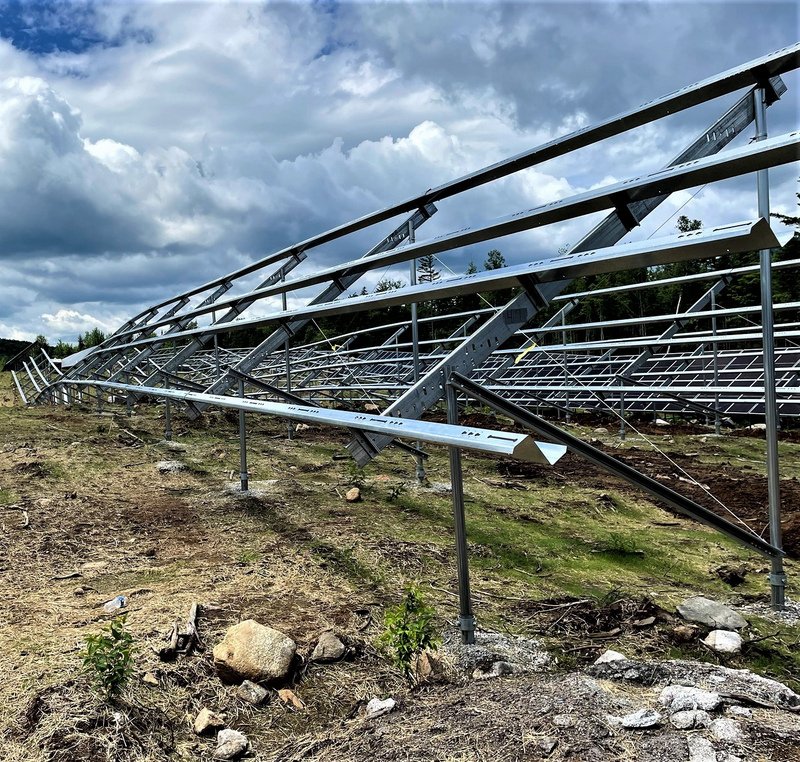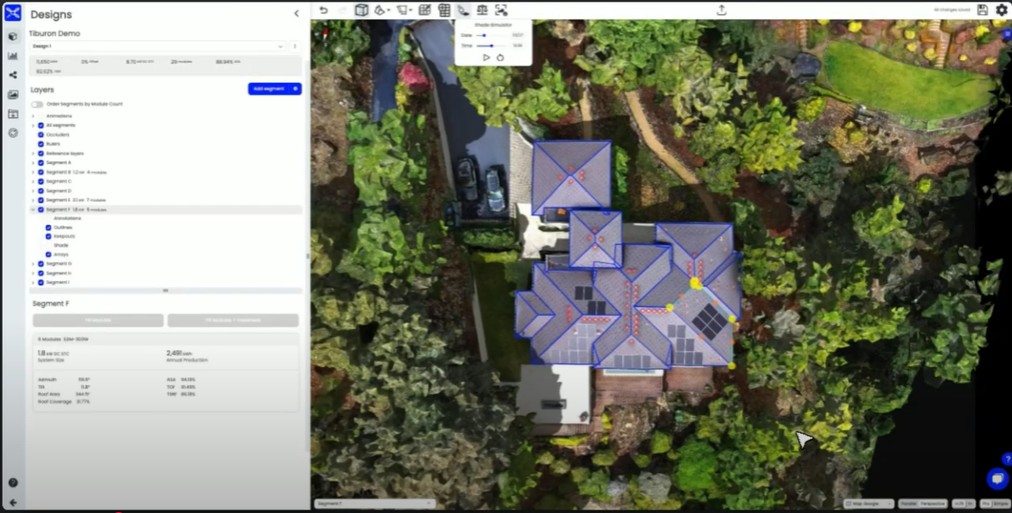Strong wind-resistant solar trackers from BIG SUN Group
We have some strong winds in pockets here in the U.S., especially during hurricane season, but typhoon season in Taiwan might be at a different level, where strong winds often cause a lot of damage to solar power sites and the investments are blown away instantly.
BIG SUN Group, a Taiwanese solar PV manufacturer, met this challenge with its BIG SUN iPV Solar Tracker, which has a dynamic balancing design of parachute-like (cable-driven) structure that enables strong wind resistance. After a super typhoon lashed Taiwan, the structure of iPV Solar Tracker was not broken. If the system only had a single pier that was similar to an umbrella, it would be easy to blow away like some other PV mounting systems. The patented design of iPV Solar Tracker is like a seat belt, it protects the PV system to face extreme situations as well as without hitting surroundings.
The land choice is also an investment. With H-piling construction, the iPV Solar Tracker can be installed rapidly without extensive land grading and concrete curing; 25 years later, the steel piles can be recycled, the value can be preserved and the environment can be protected.
When investing in solar power plants, the first thing to evaluate is ROI. Only considering capital cost while being careless when taking into account these other factors will leave them vulnerable in the case of a disaster. BIG SUN says that combining its high-performance iPV Solar Tracker with high-efficiency BIG SUN solar panels, will maximize solar power up to 50% more than a fixed-tilt PV system. Therefore, the total profit from iPV solar tracking system is much higher than the initial spending.
The other thing that needs to be evaluated is the ability of maintenance. Topper Sun, the subsidiary of BIG SUN, is a top local EPC firm which provides immediate professional maintenance and after-care services. Topper Sun also applies the iPVita monitoring and control system to improve the PV site performance, assure the output of the PV site, and reduce maintenance costs by resolving faults more effectively.
One more thing to be aware of is that solar electricity must be generated in the right way. Not all PV systems have the same “value” of electricity. Fixed-tilt systems produce excess energy at noon, but solar tracking systems are able to make power production more constant throughout the day, especially dual-axis tracking systems (DAT). In the morning and late afternoon, when demand is high, the power generation of DAT can meet the need closely. Hence the electricity generated from iPV Solar Tracker, a dual-axis solar tracker, should be more valuable and needed.




